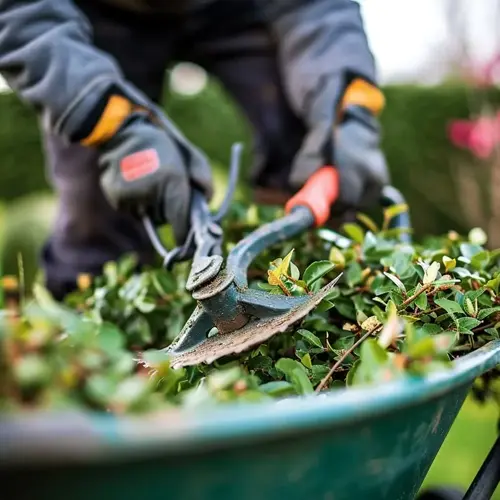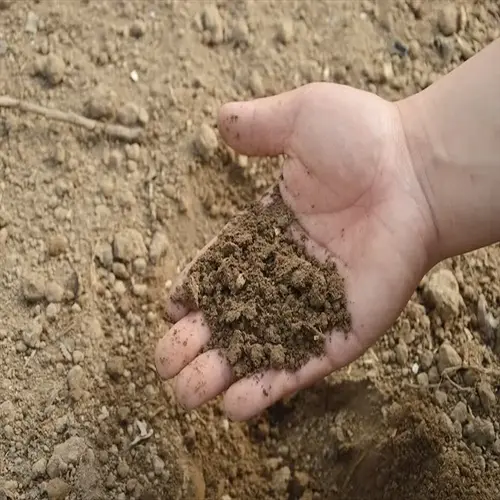Are coffee grounds beneficial for tomatoes?

Written by
Nguyen Minh
Reviewed by
Prof. Martin Thorne, Ph.D.Applying coffee grounds to tomatoes yields numerous benefits when the application is done correctly. The nitrogen-rich material enhances soil structure and inhibits slugs. I've been adding grounds to my tomato beds for several years. Preparation is key to avoiding symptoms such as mold or nitrogen lock.
Compost coffee grounds first before applying to your tomatoes. Freshly tilled grounds can be too acidic, which can negatively impact your plants. Combine coffee grounds with brown materials, such as leaves, to create a balanced compost mixture. This could take 2-3 months. The end product is nutrient-rich humus your tomatoes will love.
Soil Improvement
- Enhances drainage in heavy clay soils
- Increases water retention in sandy soils
- Adds organic matter that feeds earthworms
Pest Deterrence
- Slugs avoid crawling over gritty grounds
- Caffeine repels certain beetles and ants
- Creates barrier against root knot nematodes
Nutrient Boost
- Provides slow release nitrogen source
- Adds trace minerals like magnesium
- Balances pH when composted properly
Avoid letting the coffee grounds come into direct contact with the stem. You need a 3-inch buffer zone around each plant. This will prevent mold and rot issues. Sprinkle grounds evenly over the soil surface, and then apply a light watering to activate the nutrients.
Combine coffee grounds with other amendments. Mix with crushed eggshells for a calcium boost. Add grass clippings to the compost to maintain a nitrogen balance. These combinations create complete nutrition for tomatoes.
Recognize signs of overapplication. Yellow leaves indicate nitrogen burn. Stunted growth suggests a pH imbalance. If these appear, stop using grounds immediately. Flush soil with water to correct issues.
Source coffee grounds responsibly. Use only plain brewed coffee without additives. Collect from local cafes if needed. Avoid flavored or decaf varieties. These may contain chemicals harmful to plants.
Read the full article: Best Tomato Companion Plants

